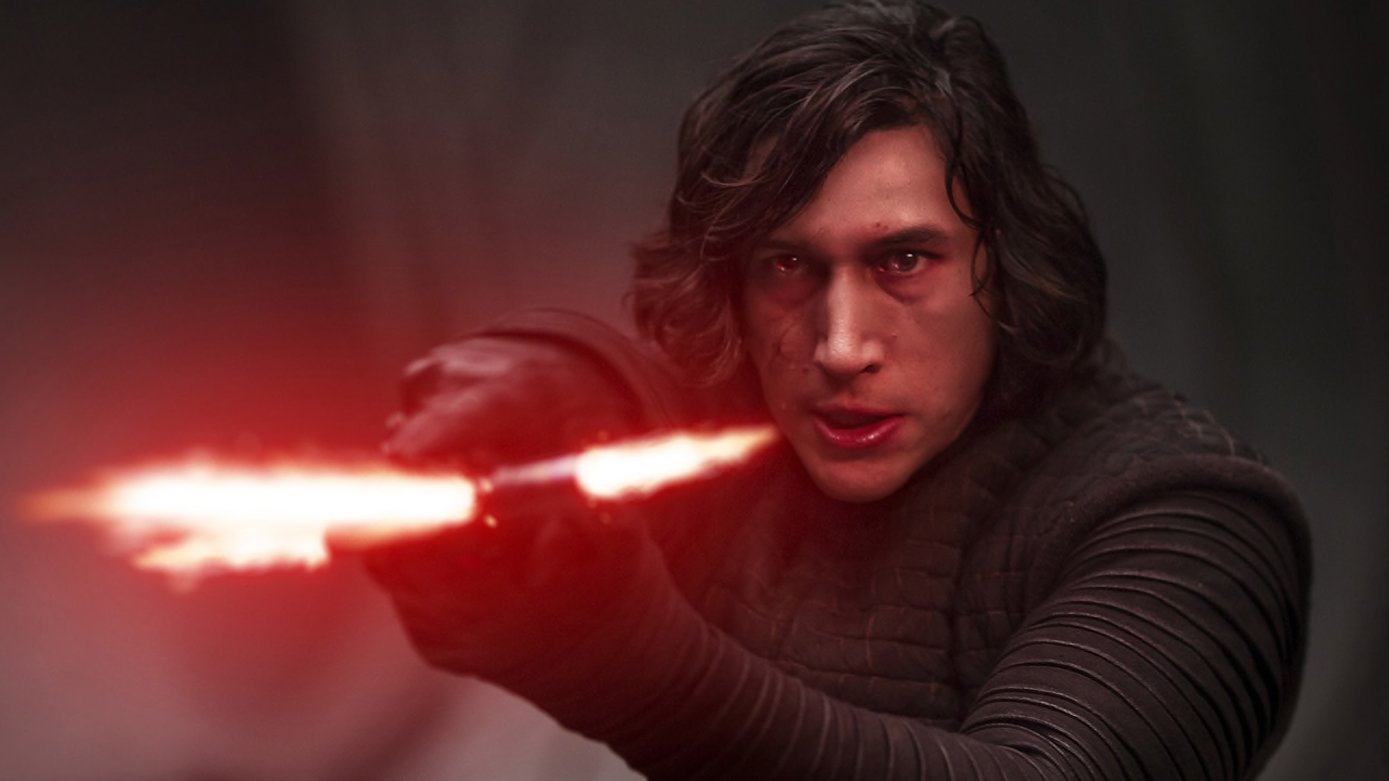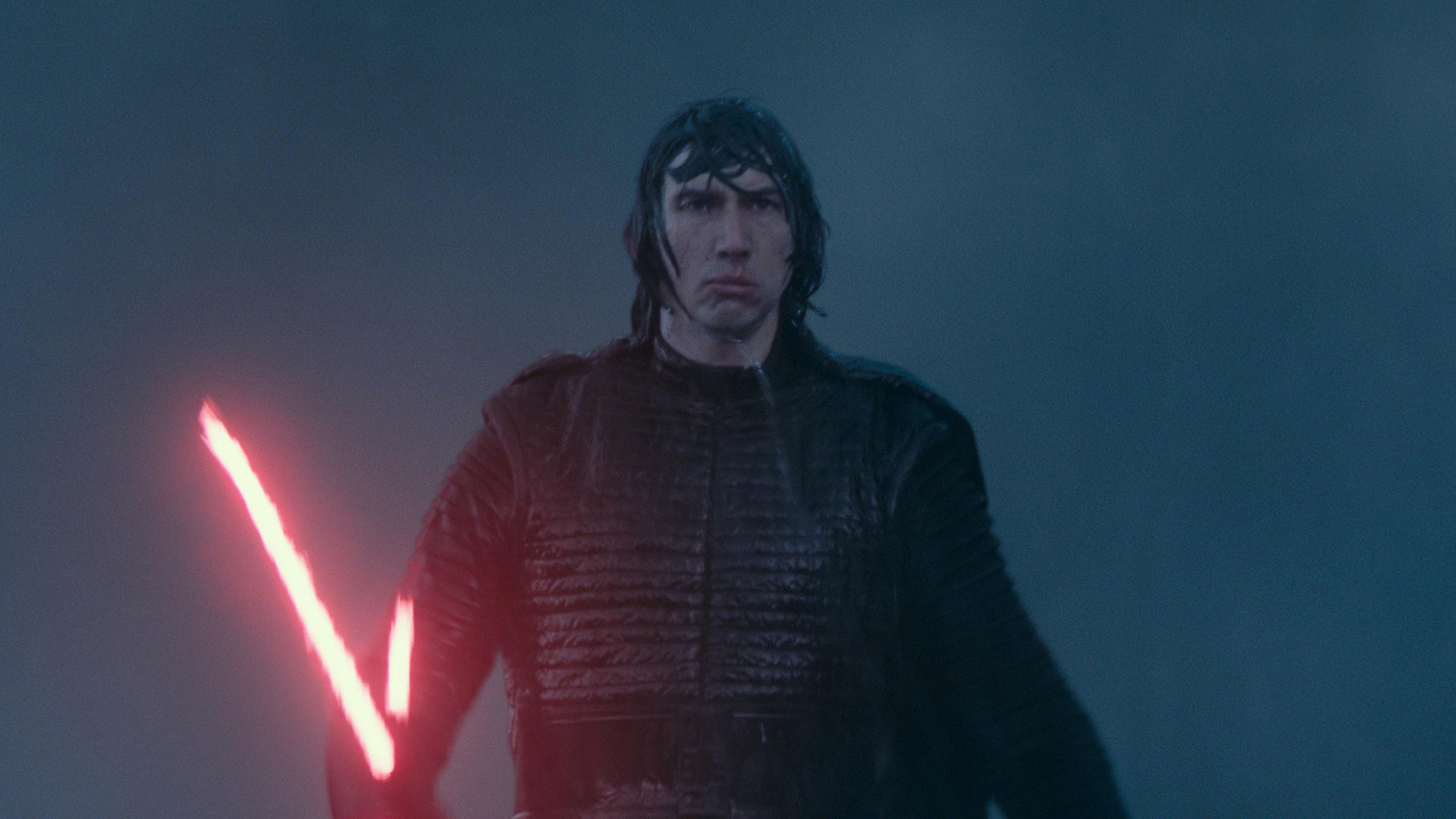The Star Wars sequel trilogy's biggest problem? What to do with Kylo Ren
Kylo's story is drastically different in both The Rise of Skywalker and Duel of Fates

While the Skywalker saga may have come to an end with Star Wars: The Rise of Skywalker, the dramatic story behind the making of Episode 9 has only just begun to unfurl.
Since the release of The Rise of Skywalker, dozens of articles have sprung up regarding the movie’s evolution. First, J.J. Abrams’ co-writer Chris Terrio revealed how the pair workshopped many of the movie’s biggest moments while also explaining why Rose Ticco only appeared in fleeting scenes. A VFX supervisor Roger Guyett spoke about the creative directions they were given when working on the Force Ghosts and Young Leia.
Then, a galaxy-shifting leak: Colin Trevorrow’s original Episode 9 script – titled Duel of Fates – apparently appeared online. And, to some surprise, the filmmaker has since confirmed the leak’s authenticity, even adding a small amendment to the rumours swirling online (that R2-D2 was never meant to “die” as had been reported).
The whole situation is unprecedented in cinema. Never before has such a high-profile, unused script leaked before and it offers a fascinating chance to see how the filmmakers’ creative process changed through development. What’s more, the alternate Episode 9 script offers a revelatory glimpse at the struggle at the heart of the sequel trilogy – the question of what to do with Kylo Ren.

Leia’s son is arguably the key reason The Force Awakens and The Last Jedi are so successful. Adam Driver gives a flawless performance as the mopey, power-hungry, confused, conflicted spawn of Skywalker. Somehow, despite Kylo’s terrible deeds, you are constantly left wondering whether the Darth Vader acolyte will return to the Light Side. His arch is at the centre of the two versions of Episode 9, yet Kylo's story is drastically different in both.
Rey follows a similar trajectory in Duel of Fates and The Rise of Skywalker: she struggles with the Dark Side, accepts help from dead Jedi, and becomes a neutral-ish Jedi who defeats evil. The biggest difference between the two scripts – when it comes to Rey’s story – concerns Palpatine. The Emperor barely features in Duel of Fates and, therefore, does not get named as Rey’s grandfather. However, what becomes clear from comparing the two stories is that Palpatine was not brought back into the fold for Rey’s benefit; the ultimate villain returned so Kylo Ren wasn’t the series’ Big Bad.
Duel of Fates does not redeem Ben Solo. The character, who’s haunted by Luke Skywalker throughout Trevorrow’s script, turns into a maniacal villain. During the final act, Kylo blinds Rey with his lightsaber as they fight on the mythical Jedi planet of Mortis. After that, Luke concludes that there’s no saving Kylo, and – with Yoda and Obi-Wan – they “extinguish” him.
Bringing all the latest movie news, features, and reviews to your inbox
The opposite happens in The Rise of Skywalker. Ben Solo, after being killed and then healed by Rey, destroys all memory of Kylo Ren, throwing away his red lightsaber after a parental talk from Han Solo. By the movie’s final act, Ben’s turned to the side of good and works with Rey to defeat Palpatine. Ben then dies – as he does in Duel of Fates – but only after resurrecting (and smooching) Rey.
How come such a stark difference between the two scripts? While Rey is tempted by the Dark Side through The Force Awakes and The Last Jedi, there was almost no chance of Disney allowing its leading hero to turn completely bad. Ben was different; a pendulum swinging between good and evil, with the answer not being entirely clear.

We can only speculate about the conversations that happened at LucasFilm, but, judging by The Rise of Skywalker and Duel of Fates, the sticking point was almost certainly Kylo Ren and whether he should be redeemed. As Rise of Skywalker was actually made, the answer over which way they wanted the story to go seems obvious. The question that Trevorrow couldn’t quite answer, though, was how to turn Kylo.
So, where do you start when turning Kylo? Using the foundations Rian Johnson built in The Last Jedi, the obvious answer seems to be to argue that Kylo’s subdued reasons for Rey could be enough. Having them fall head over heels leaves you with two happy Jedi – and not much conflict. Perhaps they battle General Hux together. But then, Hux isn’t exactly “final villain of the entire Skywalker saga” material. You could introduce a new Sith Master, but there’s no real groundwork for that.
Abrams’ answer was to bring back Emperor Palpatine – a villain worse than Kylo who the young Skywalker could turn against. But, how do you make the formerly dead Sith relevant to the sequel trilogy story? Well, that’s easy: you make him the main protagonist’s grandad.
"Bringing back the Emperor was an idea J.J. brought to the table when he came on board," Trevorrow said a month before The Rise of Skywalker reached cinemas. "It’s honestly something I never considered. I commend him for it. This was a tough story to unlock, and he found the key."
Frankly, bringing back Palpatine is a genius solution to LucasFilm’s Kylo Ren problem. They wanted their main villain to turn good – so they needed a worse villain for him to fight. You may not agree with the decision – and it’s hard to argue that The Rise of Skywalker is completely satisfying – but it certainly makes sense from a writers’ perspective.
The real question, and the point of this piece, is whether Kylo should have been redeemed. The fact that Duel of Fates was the initial script – and that it ties more immediately to the events of The Last Jedi – implies that the plan for the sequel trilogy originally had Ben Solo as the saga’s final boss. Why the change of heart? Hopefully, Abrams and LucasFilm CEO Kathleen Kennedy will reveal as much one day. Chances are, the decision was heavily tied to The Last Jedi’s divisive response and the passing of Carrie Fisher.
Whatever the case, there was always going to be a big question mark around how they dealt with Han Solo and Leia Skywalker’s son. Kylo was always going to be evil, but was he ever going to turn good again? It’s the inner duel at the centre of the series, and one that led to two very different versions of Episode 9. Neither is better or worse than the other – but Rise of Skywalker is what we have, and that’s certainly enough for this Star Wars fan.
Catch up on all things a galaxy far, far away with our complete Star Wars timeline

Jack Shepherd is the former Senior Entertainment Editor of GamesRadar. Jack used to work at The Independent as a general culture writer before specializing in TV and film for the likes of GR+, Total Film, SFX, and others. You can now find Jack working as a freelance journalist and editor.


